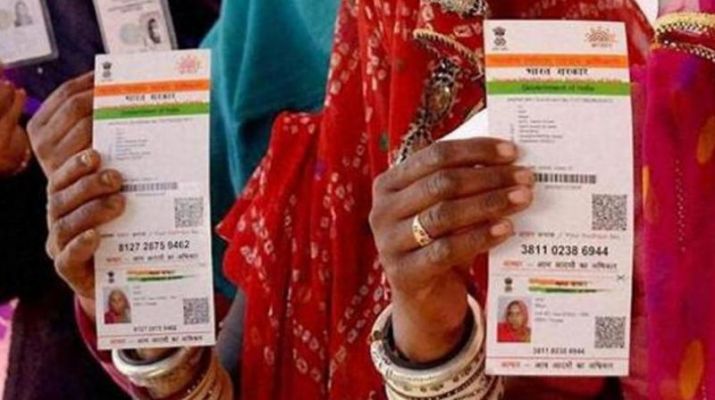 Cops tell a child abuse suspect to unlock their iPhone with their face. It’s the first time since the iPhone X launched that any cop has used Face ID to force an iOS device open.
Cops tell a child abuse suspect to unlock their iPhone with their face. It’s the first time since the iPhone X launched that any cop has used Face ID to force an iOS device open.
Source: Feds Force Suspect To Unlock An Apple iPhone X With Their Face
First came multiple cases in which suspects were told to unlock iPhones with their fingerprints, via Apple’s Touch ID biometric login. The same technique was then used on dead subjects. Earlier this year, this publication uncloaked GrayKey, a $15,000-$30,000 tool that could break through the passcodes of the latest iOS models, including the iPhone X. Another contractor, Israel’s Cellebrite, announced similar services.
…
American cops now have boiler plate language for using Apple’s Touch ID and Face ID to unlock iPhones.
…
…it may be more difficult for defendants to argue their face is a piece of knowledge protected by the Fifth, than it is for fingers. “Arguably if law enforcement says use your finger to unlock, the knowledge of which finger [will unlock an iPhone] is still an item of knowledge being produced by the individual,” Jennings explained. “Whereas with Face ID, by design it will only unlock with a very specific and obvious and body part.”
…
In modern iPhones, to hook the cellphone up to a computer and transfer files or data between the two, the passcode is required if the device has been locked for an hour or more. And forensic technologies, which can draw out far more information at speed than can be done manually, need the iPhone to connect to a computer.
…
Beyond the passcode, thanks to a feature called SOS mode, it’s possible to shut down Face ID and Touch ID with five quick clicks of the power button in older iPhones. In the iPhone 8 and X, the same is achieved by holding the side button and one of the volume buttons. And if the device hasn’t been opened within 48 hours, a passcode is required to open it again.
“Additionally, a long and unique alphanumeric passcode will prevent any forensic imaging attempts from decrypting your phone’s data,” said Ryan Stortz, a security researcher at Trail of Bits. “However, SOS won’t save you if the feds distract you and seize your phone out of your hand.”
(Emphasis mine.)

 https://www.livelaw.in/breaking-sections-33247-national-security-exception-gone-private-entities-cannot-demand-aadhaar-data/
https://www.livelaw.in/breaking-sections-33247-national-security-exception-gone-private-entities-cannot-demand-aadhaar-data/